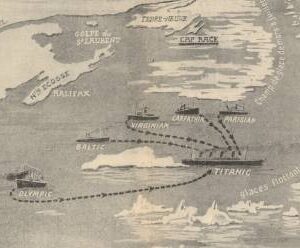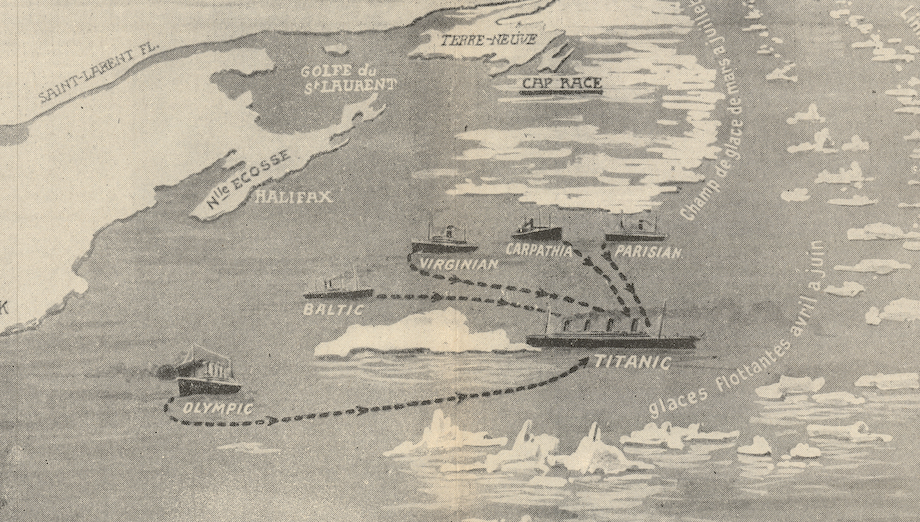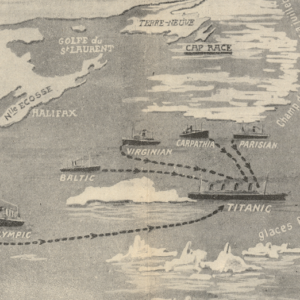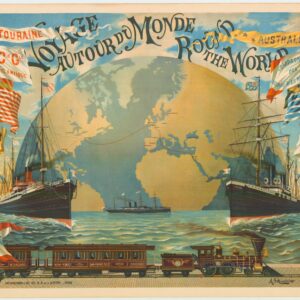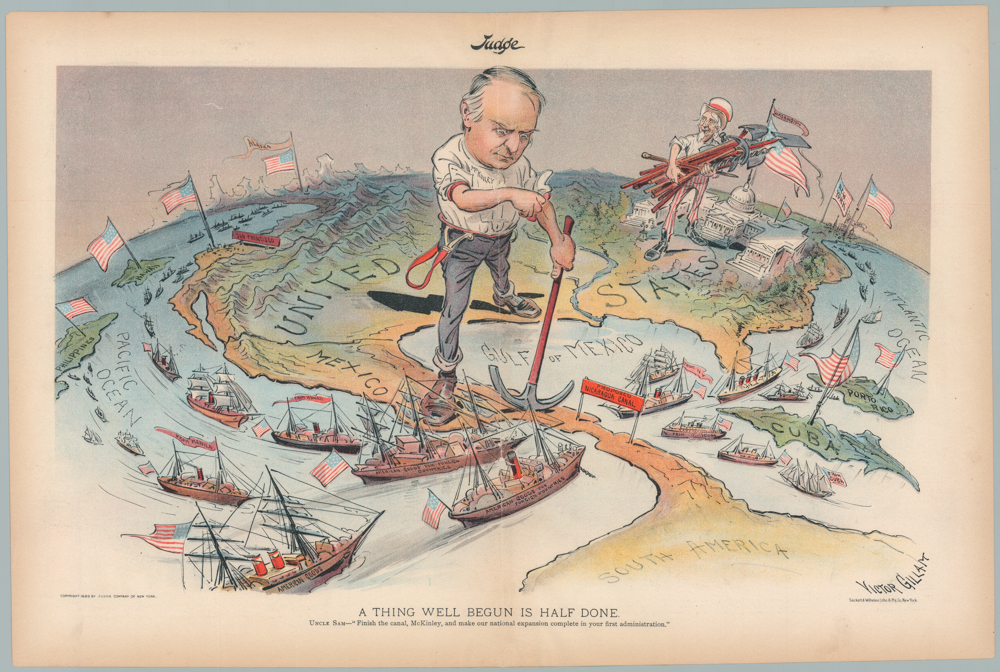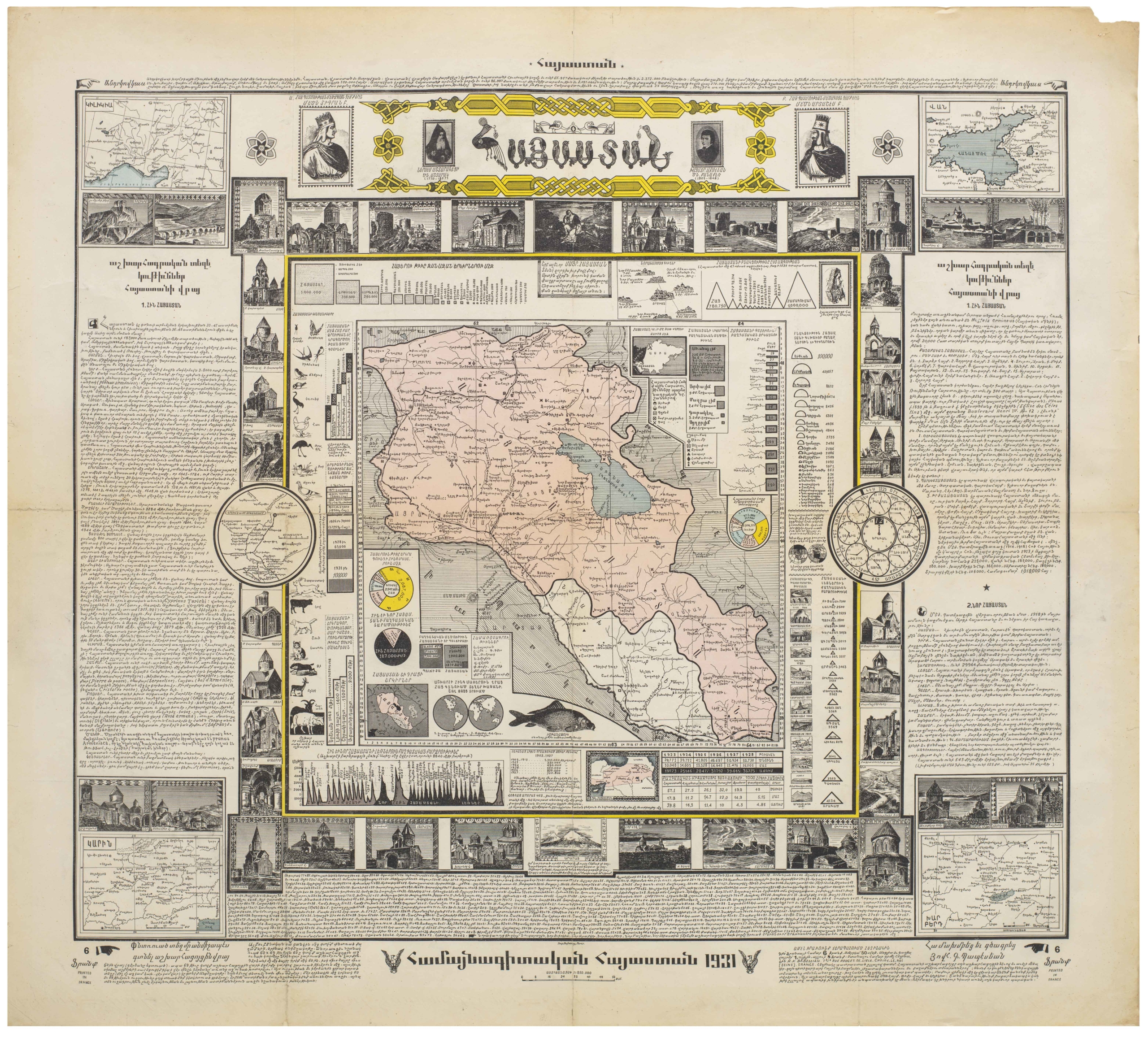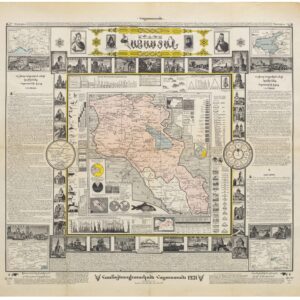Four fantastic Fritz Kahn visualizations: the evolution of life on Earth, the human hair follicle, the central nervous system, and a modernist depiction of the human spinal cord.
Stammbaum des Menschen & Der Aufbau des Menschenhaares & Das vegetative Nervensystem & Das menschliche Rückenmark.
Out of stock
Description
Four inserts from Dr. Fritz Kahn’s popular science series Das Leben des Menschen (The Life of Man). With this detailed five-volume series on the human body, published between 1922 and 1932, Kahn strove to make science and medicine accessible to a broad audience.
1. Stammbaum des Menschen.
A fascinating modernist depiction of the evolution of life as it was understood some sixty years after Darwin had published his Origin of Species masterpiece. The composition divided time into five ages, superimposing one another like archaeological strata. At the bottom, we find Primordialzeit (primordial age), visualizing the evolution from single-celled to complex organisms. Above that, the Primärzeit (primary age) captures when life moved beyond water and developed into great land creatures such as dinosaurs. The third band is Sekundärzeit (secondary age), in which stages of mammal evolution are shown. The fourth tier is the Tertiärzeit (tertiary age), in which a branch of mammals develops into the large primates that came before humans. And finally, as the top tier, the Quartärzeit (quaternary age), in which ancient homo sapiens grew ever more sophisticated until blooming into Das Kulturmensch (cultured man).
In each band, individual creatures are drawn along a developmental trajectory. Each beast is numbered and named in the corner legends to facilitate understanding. While this is also visually indicated in the width of each band, the corner legends also indicate how much time passes in an even phase. It is a cutting-edge educational tool that helps ordinary people make sense of the concept of evolution without diminishing its complexity.
2. Der Aufbau des Menschenhaares.
A complete scientific deconstruction of human hair. Drawn by Roman Rechn, the composition shows all the layers of human hair and its physical relationship to the scalp. The main image is divided into three distinct parts of a hair. These are defined further in a small insert in the upper right corner. Interestingly, this reveals that most of what is shown in detail is, in fact, subcutaneous.
3. Das vegetative Nervensystem.
A highly detailed scientific reconstruction of the central nervous system. Kahn uses a cross-section of the human torso to illustrate the nervous system’s complexity. The web of nerves running through the human body is connected to the brain, spinal cord, and surrounding organs and tissue.
4. Das menschliche Rückenmark.
A schematic depiction of the human spinal cord. Drawn by Roman Rechn, the brain and spinal cord form the mainstay of the image. The brain itself is divided into a sensory sphere and a motor sphere. Red, blue, and yellow lines are described along the image, indicating descending motor-skill pathways, sensory synapses, and visceral nerves. Small vignettes on either side of the spine illustrate various types of impulses and how they are connected to the central nervous system along the spinal cord.
Cartographer(s):
Fritz Kahn was a German gynecologist who, in the 1920s, wrote a series of popular books entitled Das Leben des Menschen. These endeavored to explain biological science and medicine to a popular audience.
Just before Hitler rose to power in 1933, Kahn traveled to Palestine and, due to the political situation in Germany, settled in Jerusalem. In 1939, he left Palestine, passing through France and Portugal, before finally immigrating to the United States in early 1941 with the assistance of humanitarians Varian Fry and Albert Einstein.
After settling in New York, Fritz Kahn continued his work as a writer and illustrator, becoming one of the most prominent popular writers on medical and biological subjects. His works were translated into multiple languages. He gave lectures and appeared on radio broadcasts, addressing medical and popular scientific questions. The human body’s functions were a common theme in his writings, which included popular illustrated books such as “Our Sex Life” (1939), “Man in Structure and Function” (1943), and “The Human Body” (1966).
Condition Description
Minor wear and some repairs.
References
